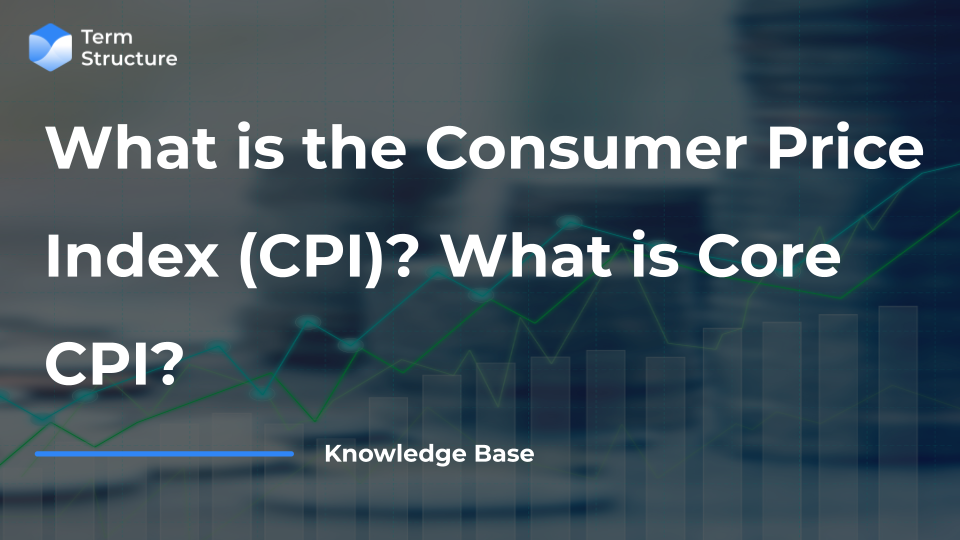What is the Consumer Price Index (CPI)? What is Core CPI?

In the United States, the Consumer Price Index (CPI) is a widely used measure of inflation that tracks the average change over time in the prices paid by urban consumers for a basket of goods and services. It is published monthly by the Bureau of Labor Statistics (BLS), which is part of the U.S. Department of Labor.
The CPI is based on surveys and data collection efforts that gather information on the prices of thousands of goods and services from a variety of locations across the country. These goods and services are categorized into different expenditure categories, such as food, housing, transportation, and medical care.
The CPI is often used by policymakers, economists, businesses, and the general public to monitor changes in the cost of living and to make adjustments to various economic policies and decisions. It serves as an important tool for understanding inflationary pressures in the economy and for making informed financial and investment choices.
The Fed pays close attention to various measures of inflation, including the CPI, to assess whether the economy is experiencing upward or downward pressure on prices. If inflation is too low, it may indicate weak demand in the economy, which could lead to deflationary pressures and hinder economic growth. Conversely, if inflation is too high, it can erode the purchasing power of consumers and destabilize the economy.
Core CPI is another measure that excludes certain volatile items that can cause short-term fluctuations in prices, such as food and energy. The rationale behind excluding food and energy prices is to provide a more stable and reliable measure of underlying inflation trends. Food and energy prices can fluctuate widely due to factors like weather, geopolitical events, and supply disruptions, which can distort the overall inflation picture. By excluding these volatile components, Core CPI aims to reveal the underlying inflationary pressures in the economy.
By monitoring the CPI, Core CPI and other inflation indicators such as PCE, the Federal Reserve can adjust its monetary policy tools, such as interest rates and quantitative easing measures, to achieve its dual mandate of stable prices and maximum employment. If inflation is too high, the Fed may raise interest rates to cool down the economy and vice versa if inflation is too low.
